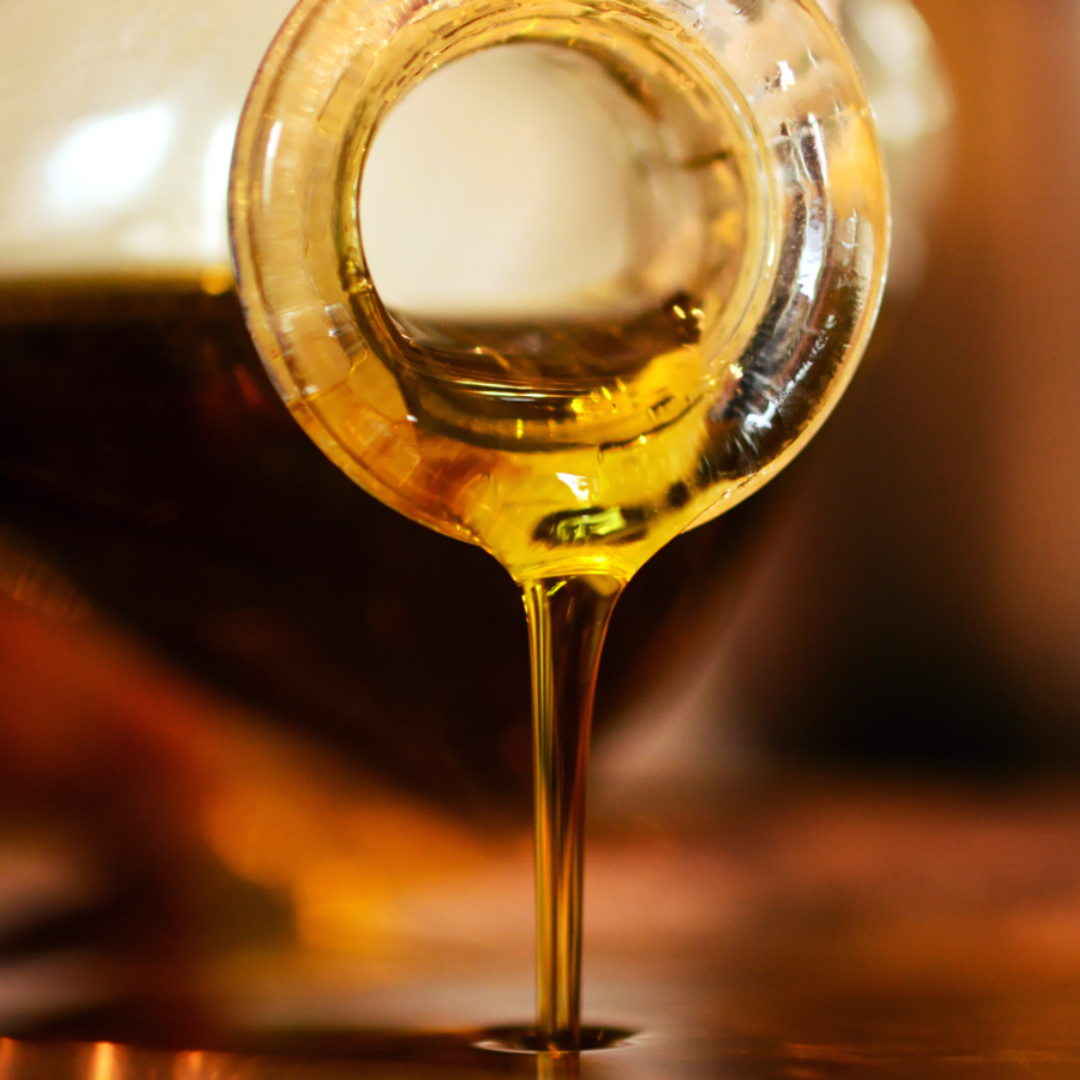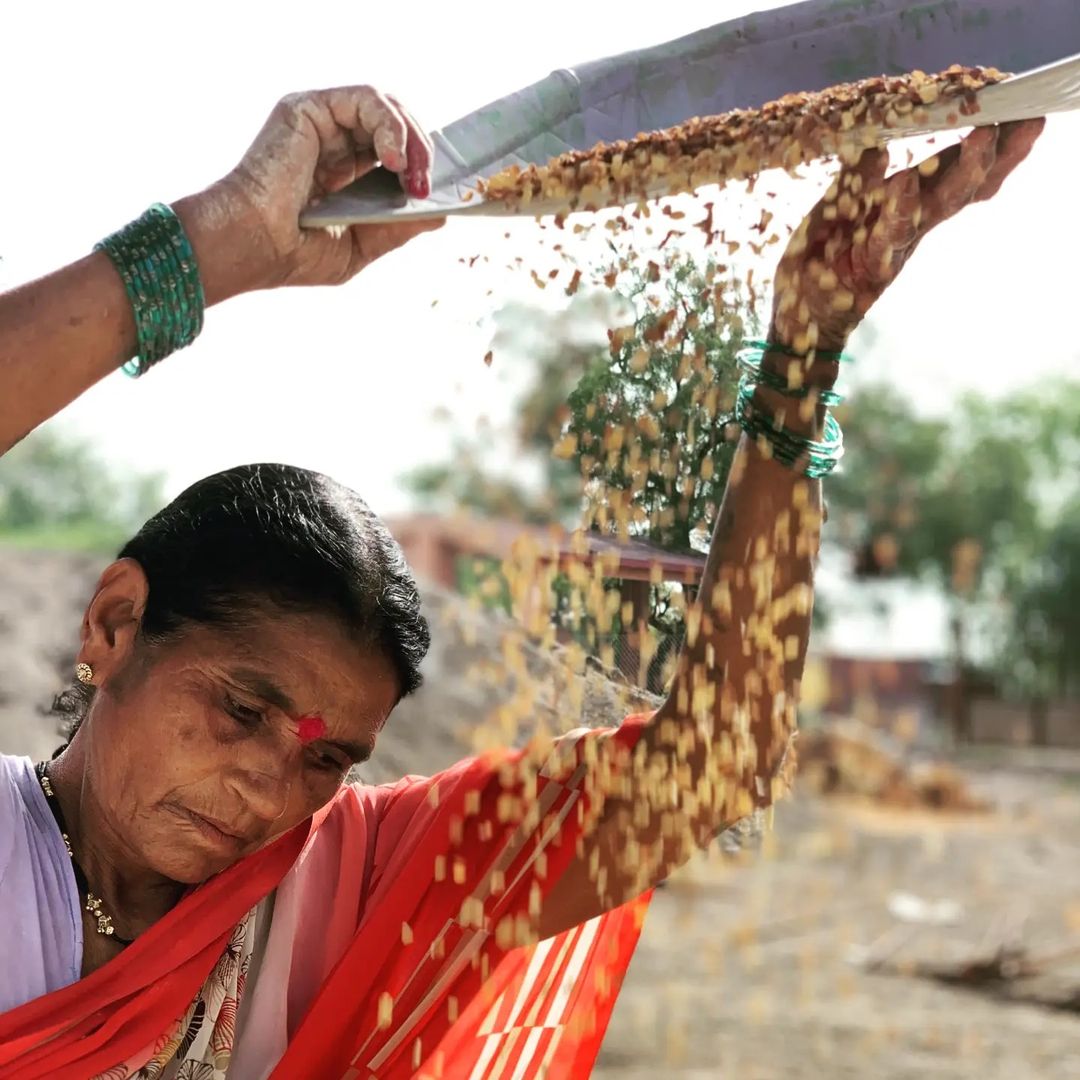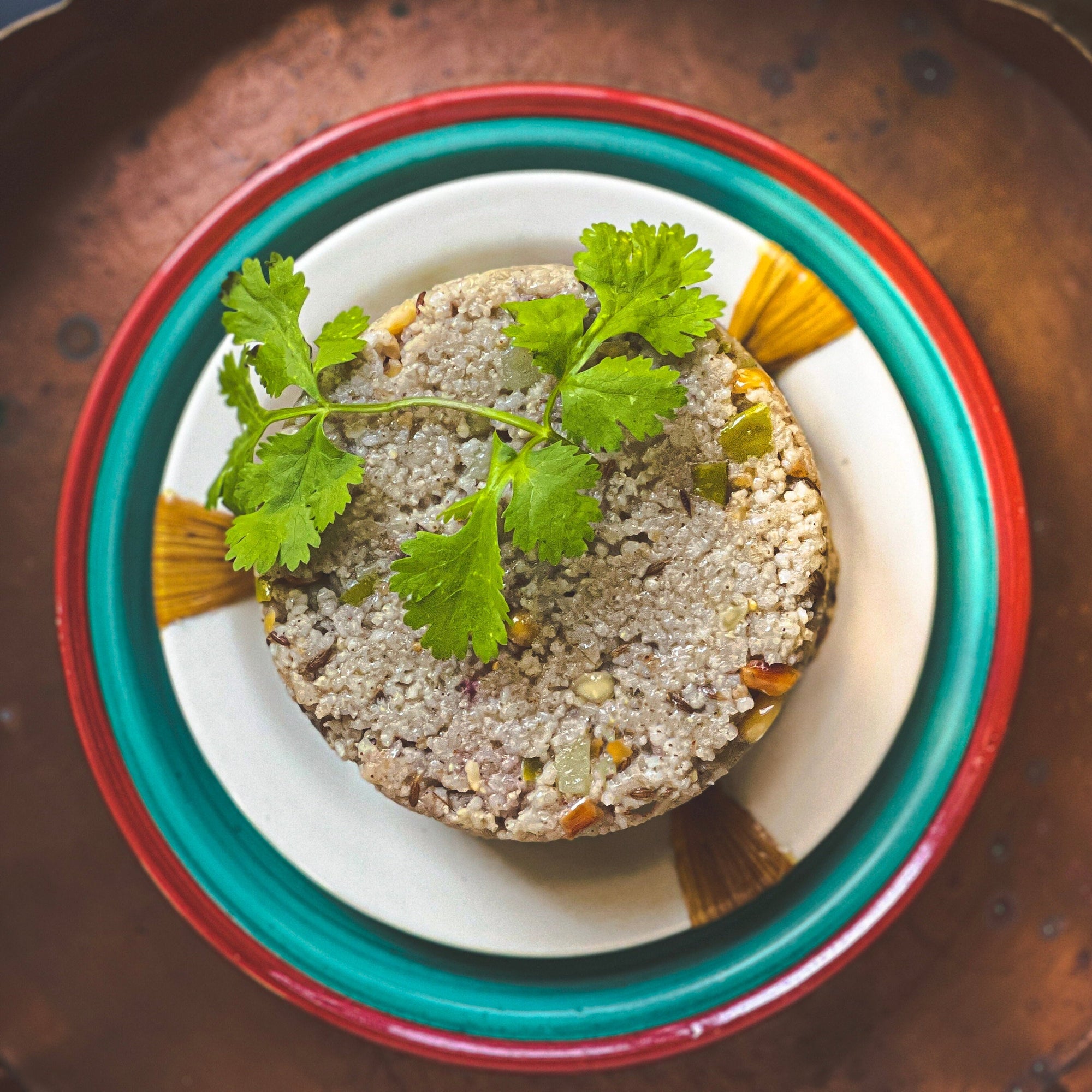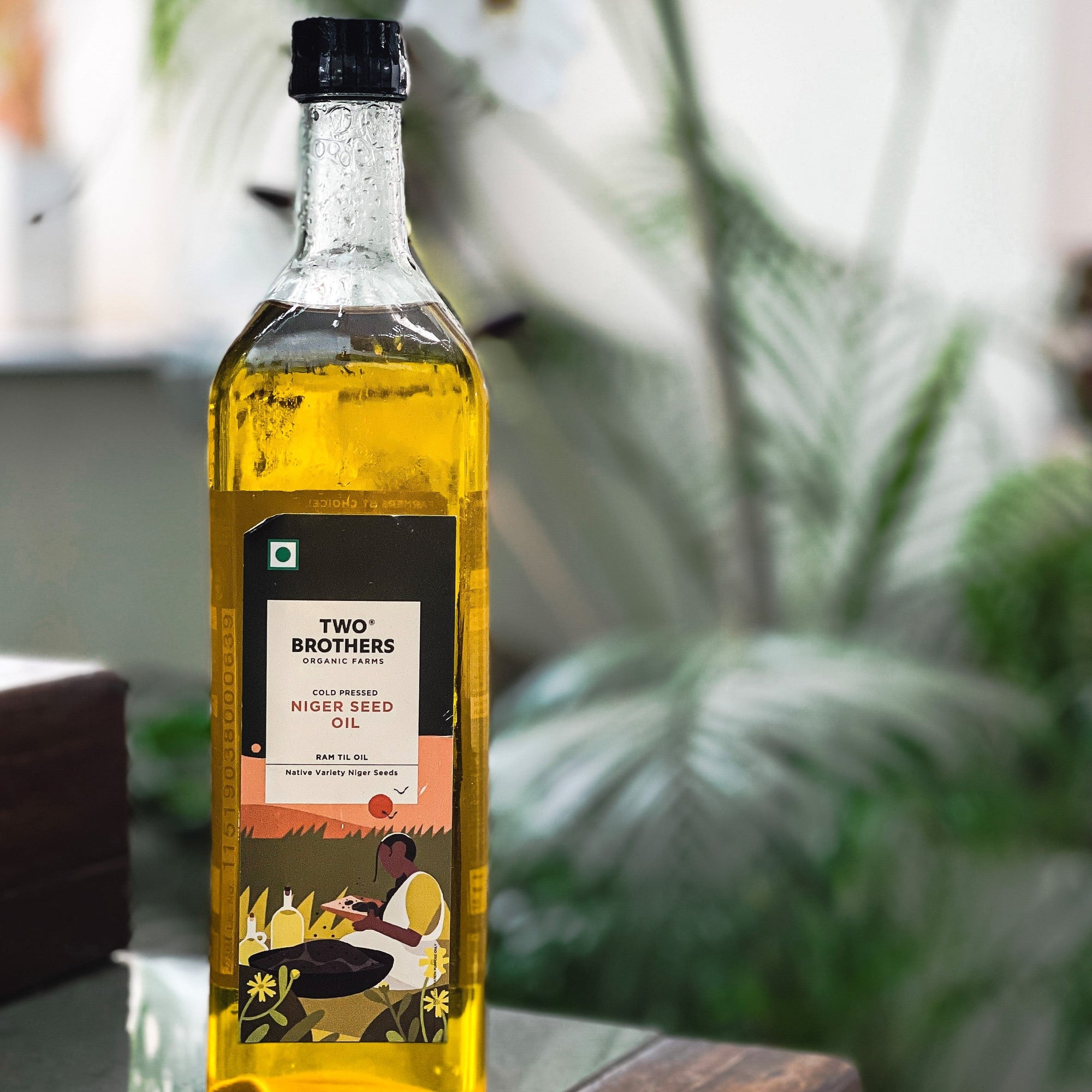A common item in many homes, sugar is used to sweeten a broad range of foods and drinks. But not every sugar is made equally. Mishri and refined sugar are two common forms of sugar that are frequently contrasted. Although they both provide your food a sweet taste, they differ greatly from one another.
For ages, people from several cultures have utilized mishri, commonly referred to as rock sugar, as a natural sweetener. Without the use of chemicals, the sap from palm or sugarcane plants is evaporated to make it. Mishri is frequently added to conventional sweets or used as a cool tongue refresher. It is employed in conventional medicine and is thought to offer a number of health advantages.
The white, granulated sugar that most people are familiar with is called refined sugar. It's frequently utilized in cooking and baking. Refined sugar goes through a series of chemical processes to get the right texture and flavor while also eliminating contaminants. This produces a highly processed sugar that is frequently empty of nutrients.
This blog post will examine the history of mishri and refined sugar, contrast their nutrient profiles, and offer a thorough analysis of both.

The History of Refined Sugar and Mishri
Refined sugar and mishri come from different places and have different histories. Mishri, sometimes referred to as rock sugar, rock candy, Khand, or Kalkandu, is a naturally occurring sweetener produced by evaporating sugarcane sap without the use of chemicals. For millennia, this conventional sweetener has been a part of many cultures. Usually, Mishri is crystalline on a thread, which gives it a conventional and genuine look.
The table sugar that is commonly used nowadays is refined sugar. To get the right texture and taste and to get rid of contaminants, it goes through a chemical procedure. Because of its distinct flavor and adaptability, refined sugar is readily available and commonly used in contemporary baking and cookery.
Background Information on Mishri's History
Mishri has a long history and has been utilized for ages in many different civilizations. It is thought to have come from India, where it was called "rock candy." Without the use of chemicals, the sap from palm or sugarcane plants is evaporated to create mishri. The classic form of mishri has a characteristic appearance because it frequently crystallizes on a thread.
The therapeutic benefits of mishri are highly valued in conventional medicine. It's used to treat sore throats, colds, and coughs. Mishri is used as a natural sweetener in Ayurvedic medicine and is thought to have a cooling impact on the body. After eating, it's commonly taken with fennel seeds to aid with digestion and serve as a revitalizing mouth freshener.
Origins and Development of Refined Sugar
Compared to Mishri, refined sugar—also referred to as white sugar or normal sugar—has a different history. A chemical procedure is used to make refined sugar, which eliminates impurities and gives it the right texture and flavor. The white, granulated sugar that is produced by this procedure is widely accessible and frequently used in baking and cooking.
During a time of methodological and technological improvements in the 18th century, refined sugar manufacture began. These developments made it possible to produce sugar in large quantities, increasing its affordability and accessibility. The distinct flavor and adaptability of refined sugar led to its rapid rise in popularity. Refined sugar is a common household item and is utilized in a wide range of dishes and beverages.

Comparing the Nutritiousness of Refined Sugar vs Mishri
There are significant nutritional variations between refined sugar and mishri. Mishri is regarded as a natural, unprocessed sugar that still has some of the nutrients, such as amino acids, that are present in sugarcane. It still qualifies as sugar, though, so moderation is advised.
Conversely, refined sugar goes through a procedure that eliminates the majority of the nutrients present in sugarcane. Refined sugar, sometimes known as "empty calories," has some calories but not much nutritious value. It has a lot of calories and poses a number of health hazards when ingested in excess.
Essential Elements in Mishri
Many of the organic components included in sugarcane are preserved in mishri. Minerals and vitamins including calcium, magnesium, and iron are present in trace levels. Mishri affects blood sugar levels more gradually than refined sugar since it is less processed and has a lower glycemic index. Furthermore, mishri is prized for its therapeutic qualities in traditional medicine, where it is frequently employed to treat common conditions including colds, coughs, and sore throats.
Dietary Value of Refined Sugar
On the other hand, during the refining process, the nutrients in refined sugar are removed, leaving nearly pure sucrose. Refined sugar is high in calories but low in vitamins, minerals, and fiber. Refined sugar absorbs quickly, which can lead to blood sugar spikes and a host of health problems when ingested in excess.

The Making Process: From Unprocessed Ingredients to Delightful Crystals
Refined sugar and Mishri are produced using very different methods. Without the use of chemicals, the sap from palm or sugarcane plants is evaporated to create mishri. After heating the sap to evaporate any remaining water, the residual solution is left to crystallize. After that, the crystals are treated and dried to give them the right flavor and texture.
Conversely, refined sugar goes through a more intricate procedure. The process begins with the extraction of sugarcane juice, which is then boiled, filtered, and clarified to get rid of contaminants. After that, the juice is crystallized and concentrated. To get the texture and flavor of the finished product, the resultant crystals are further treated, dried, and cleaned.
Customary Production of Mishri
Without the use of chemicals, mishri is traditionally prepared by evaporating the sap of palm or sugarcane trees. After the water content of the sap is heated, the residual solution is put into drums and threads are inserted. As it dries, the fluid crystallizes around the threads.
Mishri's distinct texture and look are the result of crystallization, which also makes it easily absorbed and has a cooling impact on the body. The genuine and conventional form of Mishri is called "Dhage wali Mishri," which is Mishri that has crystallized on a thread.
The Process Used Today to Make Refined Sugar
Refined sugar is now made in a number of phases with the use of sophisticated machinery. The process starts with the extraction of sugarcane juice, which is then boiled, filtered, and clarified to get rid of contaminants. After that, the juice is condensed and crystallized using contemporary techniques.
Several chemicals are used throughout the crystallization process to remove contaminants and produce the correct texture and flavor. To create refined sugar, the resultant crystals are cleaned, dried, and then given further processing steps. This contemporary manufacturing technique guarantees constant quality and enables mass production.

Conclusion
Knowing the distinctions between refined sugar and Mishri can enable you to make better nutritional decisions. Although they are both used as sweeteners, there are notable differences in their histories, processes of manufacture, nutrient profiles, and health effects. Mishri provides a more nutrient-dense substitute due to its natural composition and traditional production methods. On the other hand, excessive use of refined sugar has several health hazards, even if it is convenient and widely used.
Choosing natural sweeteners like Mishri instead of processed ones can help promote a more sustainable lifestyle and a healthier environment as awareness of these distinctions spreads.
When embracing traditional, natural ingredients like Mishri in your diet, consider pairing them with other authentic foods that honor age-old wisdom. Our A2 Gir Cow Cultured Ghee, handcrafted using the ancient Bilona method from free-grazed Gir cows, offers the same commitment to purity and tradition. Made in small batches with no additives or preservatives, this ghee complements a natural lifestyle perfect for cooking with wholesome sweeteners like Mishri.
Frequently Asked Questions
Is Mishri a better option for health than refined sugar?
Because of its inherent qualities and potential health advantages, mishri is frequently seen as a healthier substitute for refined sugar. It is frequently chosen by people looking for a more natural sweetener because it is thought to have a less noticeable effect on blood sugar levels than refined sugar. But it's crucial to keep in mind that both refined sugar and mishri are sugars and should only be used sparingly.
When compared to refined sugar, how does the consumption of Mishri affect blood sugar levels?
When compared to refined sugar, mishri might have less of an effect on blood sugar levels. Since it is thought to digest more slowly and release sugar into the bloodstream more gradually, it is frequently seen as a more natural type of sugar. But since everyone reacts differently to sugar, it's best to get tailored counsel from a trained medical practitioner.
Are refined sugar and Mishri produced using sustainable methods?
Mishri production frequently uses environmentally friendly, sustainable strategies including buying sugarcane from nearby farms and using traditional methods. On the other hand, the manufacture of refined sugar may entail a number of chemicals and contemporary methods that may have a greater environmental impact. Encouraging sustainable methods in the manufacturing of refined sugar and Mishri is crucial for preserving the environment.






